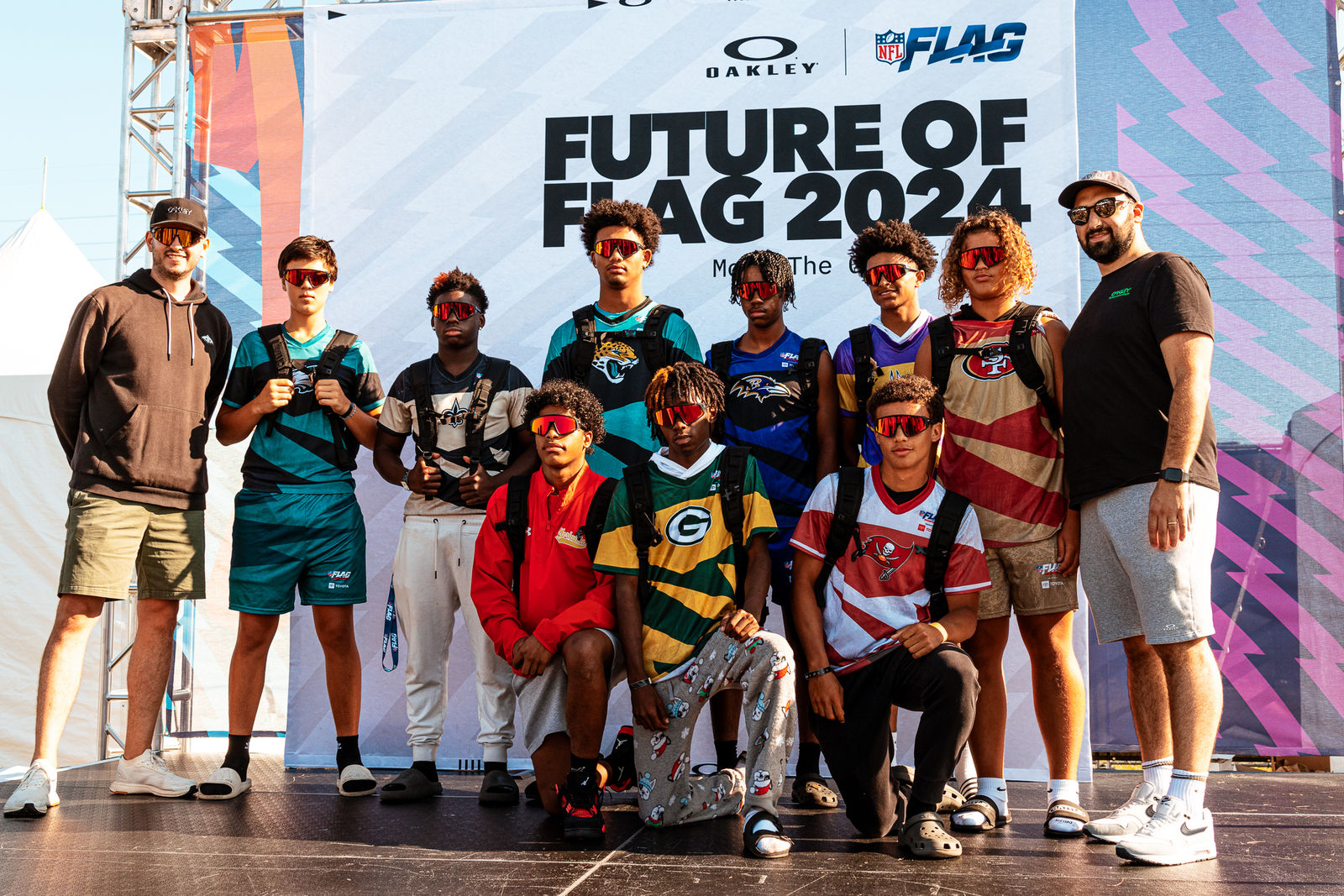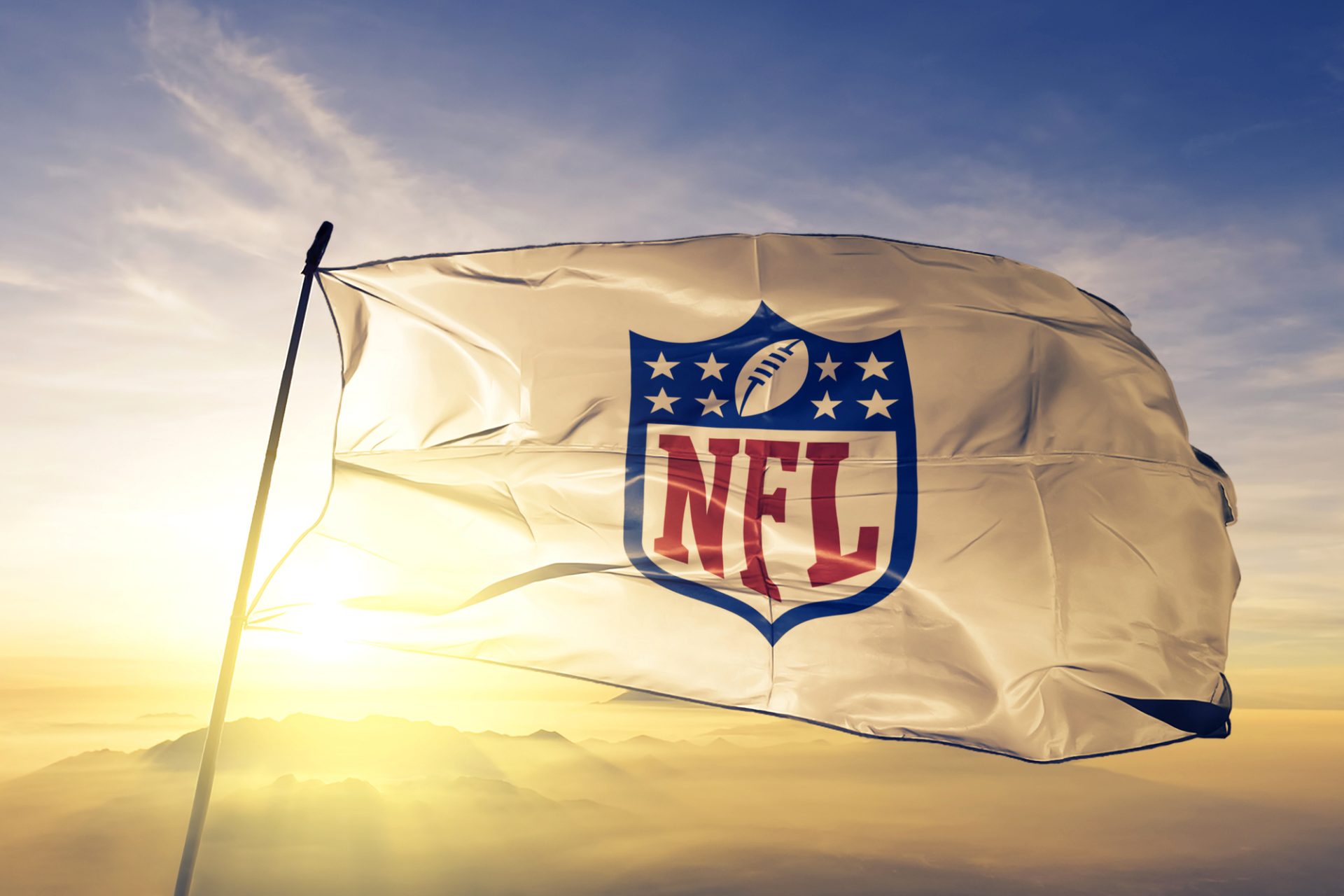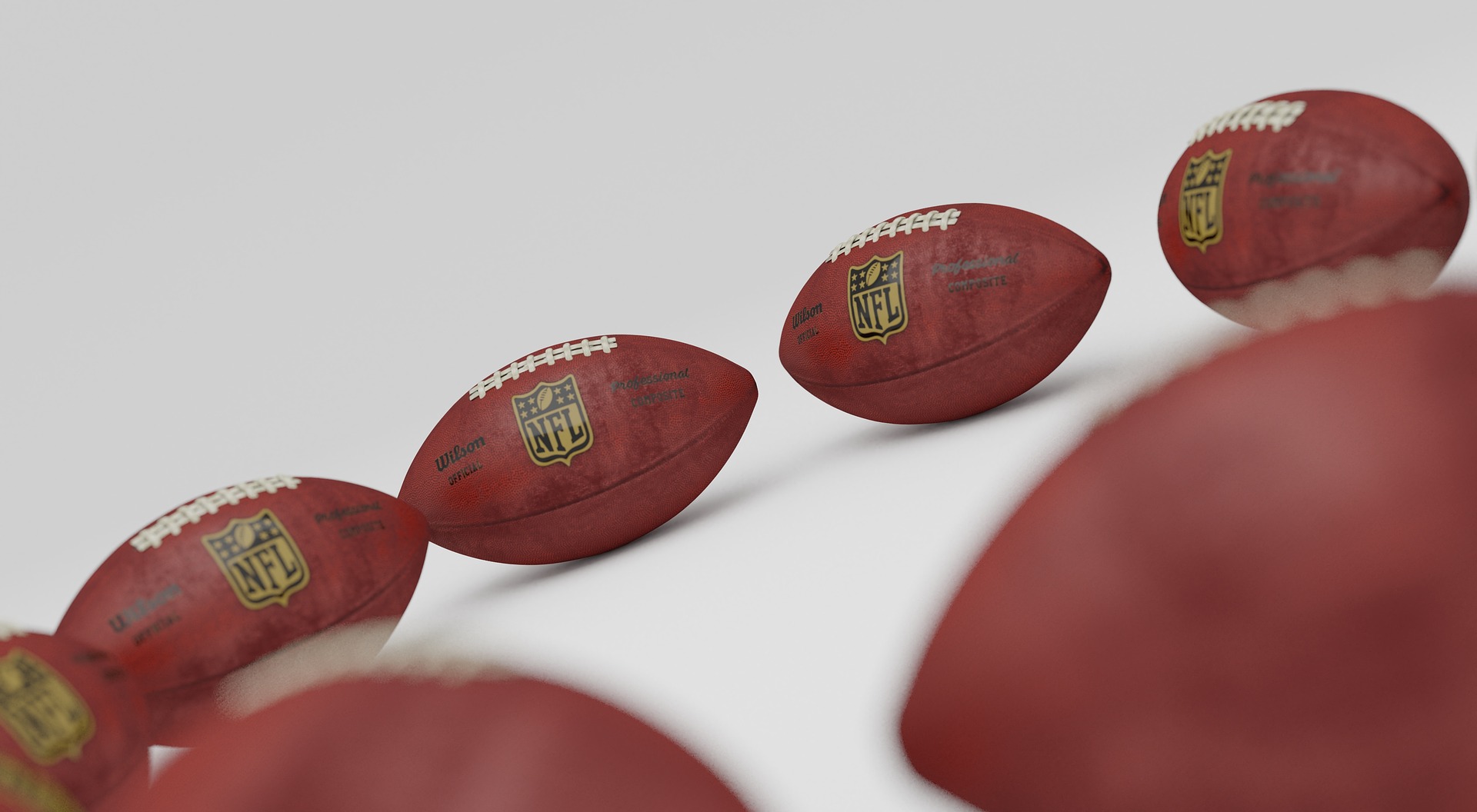How To Measure Hand Size NFL
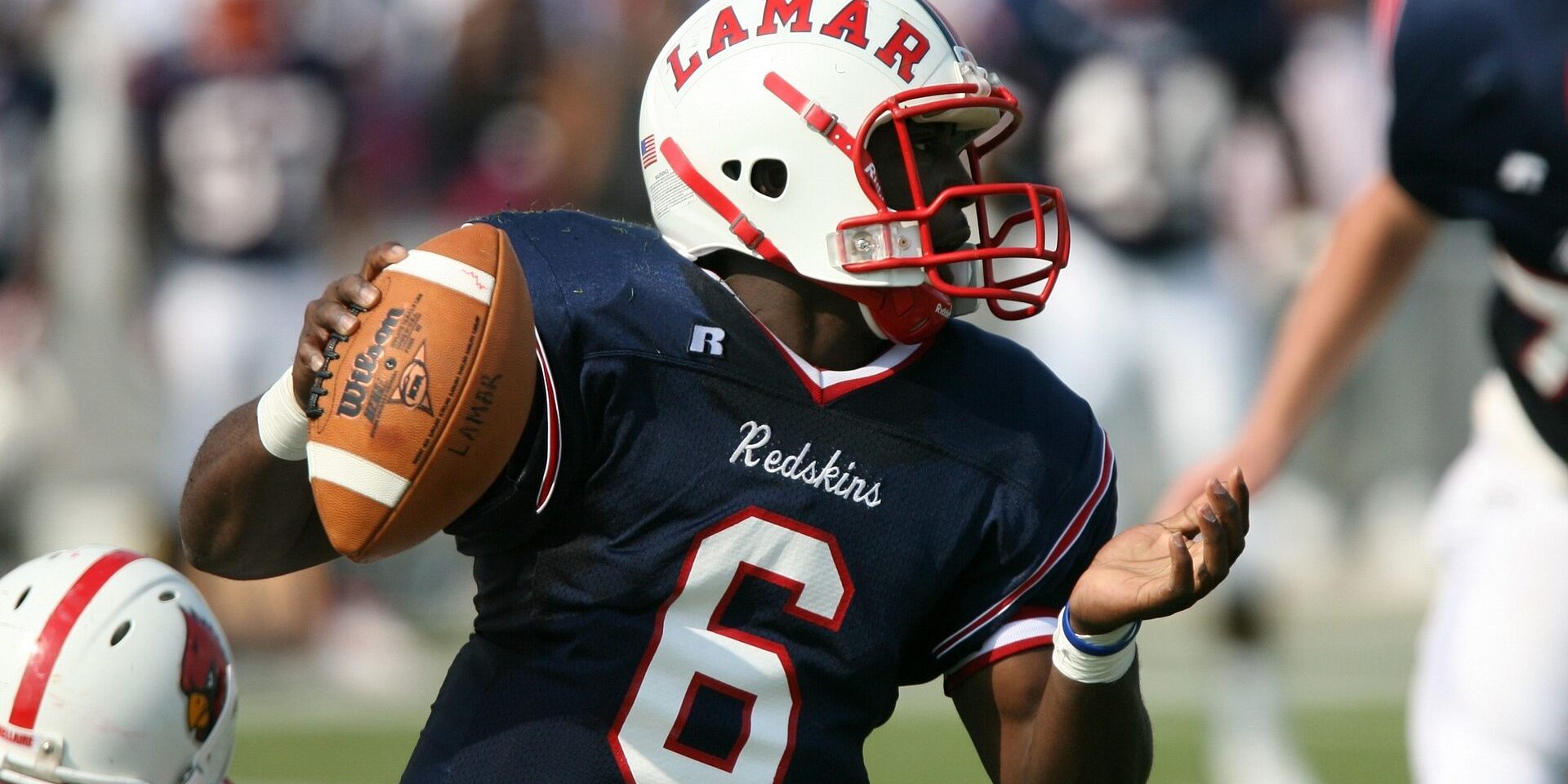
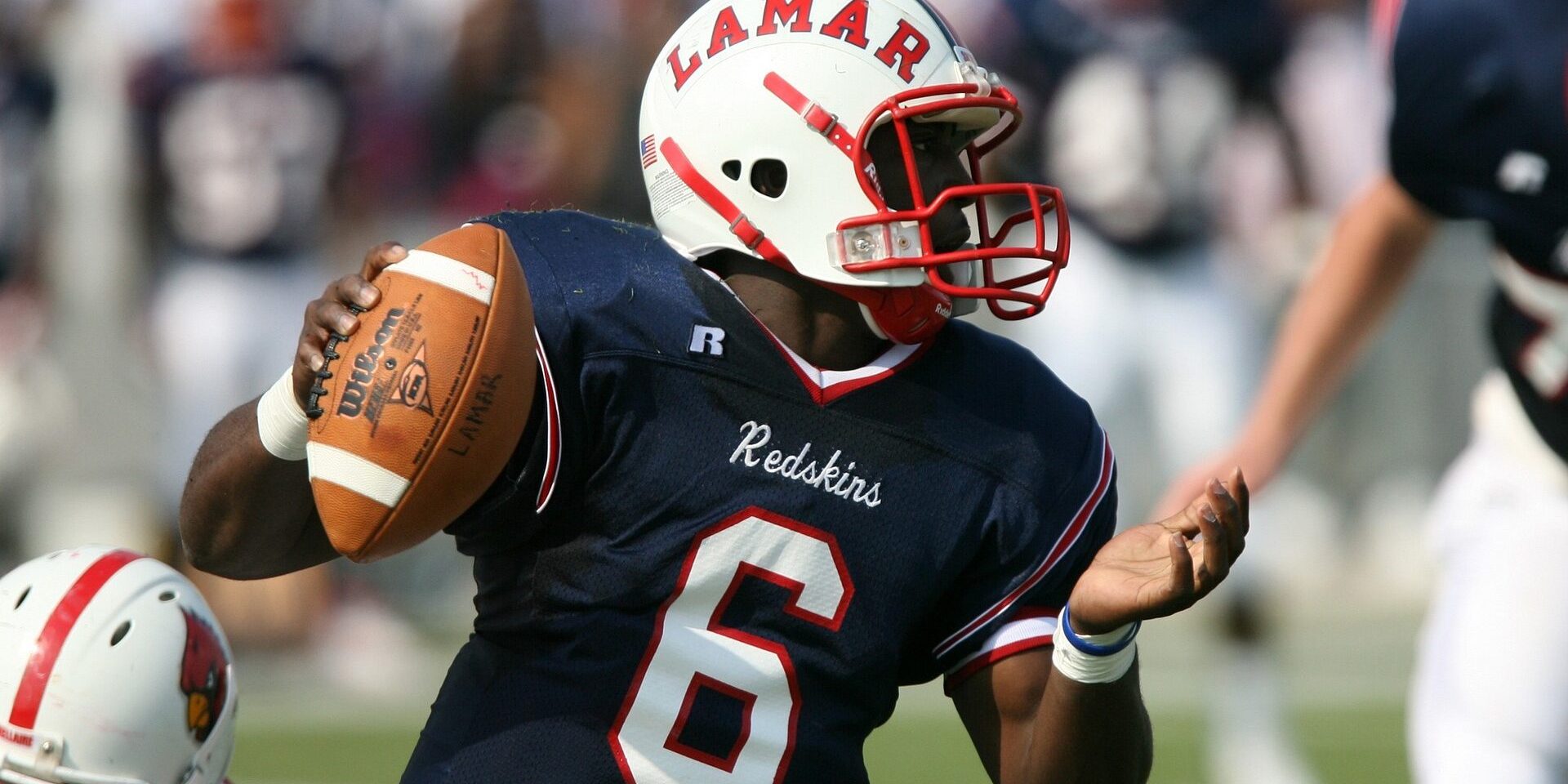
Table of Contents
How to measure hand size NFL: The NFL is known for its rigorous scouting process when it comes to selecting players for the draft. One key factor that is often measured is hand size. In recent years, there has been a lot of interest in how the NFL measures hand size and what impact it has on player performance. In this article, we will explore how the NFL measures hand size and what it means for prospective players.
How Does NFL Measure Hand Size?
The NFL measures hand size by taking a tape measure from the tip of the thumb to the little finger with the hand outstretched [3]. The measurement is taken with the hand held perpendicular to the ground and the fingers spread as far apart as possible. The measurement is then recorded to the nearest eighth of an inch.
Why is Hand Size Important in the NFL?
Hand size is important in the NFL because it can impact a player’s ability to grip and control the football. Quarterbacks, in particular, are often evaluated based on their hand size because they need to be able to grip the football firmly in order to throw accurately and with power. A larger hand size can also give a quarterback an advantage in terms of being able to palm the football, which can be useful in certain situations [1].
It’s worth noting that hand size is not the only factor that determines a player’s success in the NFL. There are many other skills and qualities that are important, such as speed, agility, and mental toughness. However, hand size can be a useful tool for scouts and coaches to evaluate a player’s potential.
What is the Average Hand Size in the NFL?
According to a recent article on ESPN, the average hand size in the NFL over the past decade is 9.7 inches [2]. However, there is a wide range of hand sizes among NFL players, with some quarterbacks having hands that are much larger or smaller than average.
For example, Taysom Hill of the New Orleans Saints has the smallest hand size in the NFL at 8 and 3/4 inches [2]. On the other end of the spectrum, Brock Osweiler, who played for several teams during his NFL career, had the largest hand size at 10 and 7/8 inches [1].
What Does Hand Size Mean for Prospective NFL Players?
For prospective NFL players, hand size can be an important factor to consider when evaluating their potential for success in the league. Quarterbacks, in particular, may be evaluated based on their hand size because of the impact it can have on their ability to grip and throw the football.
However, it’s important to remember that hand size is just one factor to consider when evaluating a player. There are many other skills and qualities that are important, such as accuracy, decision-making, and leadership.
In conclusion, hand size is an important factor in the NFL scouting process, particularly for quarterbacks.


